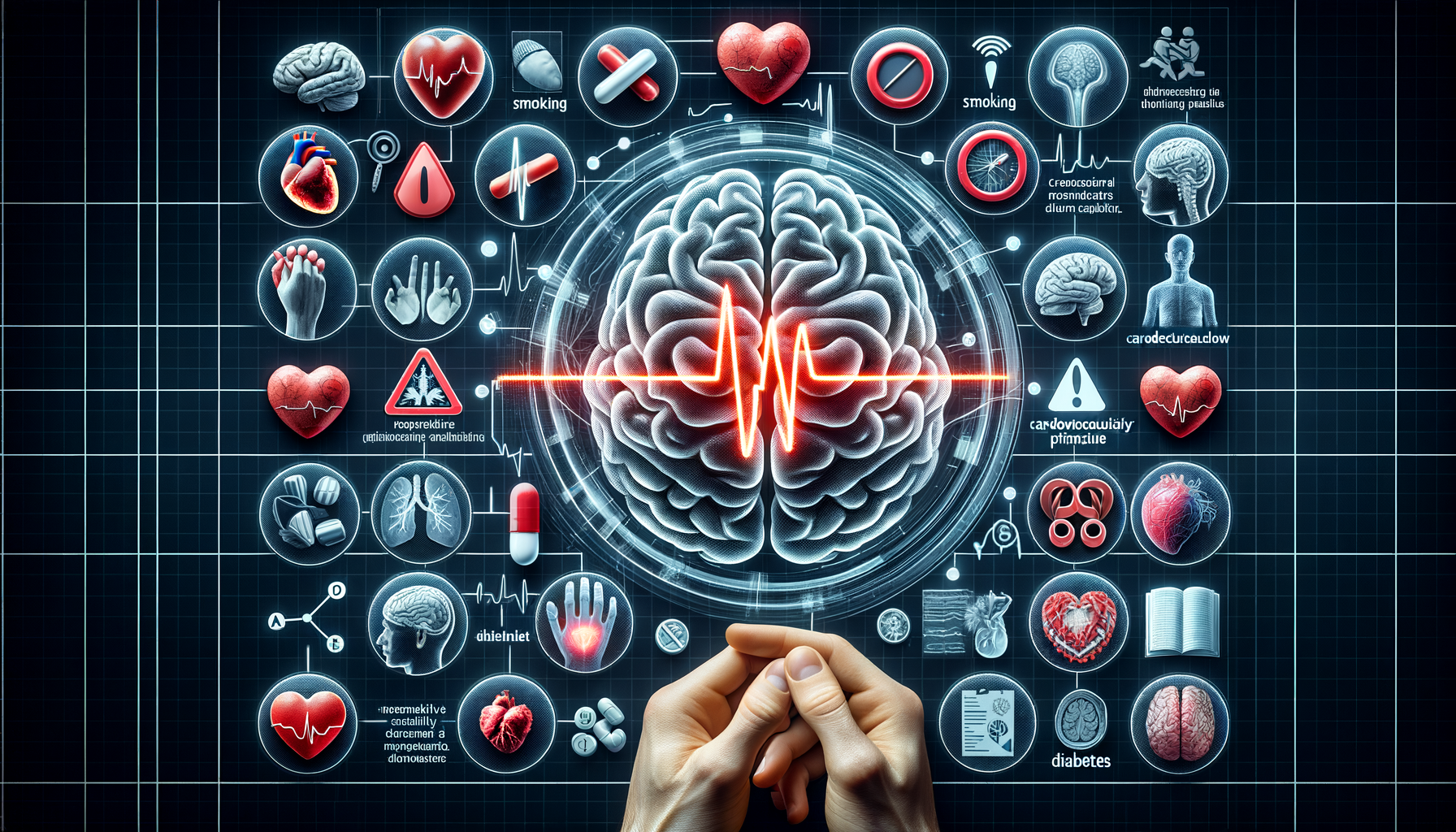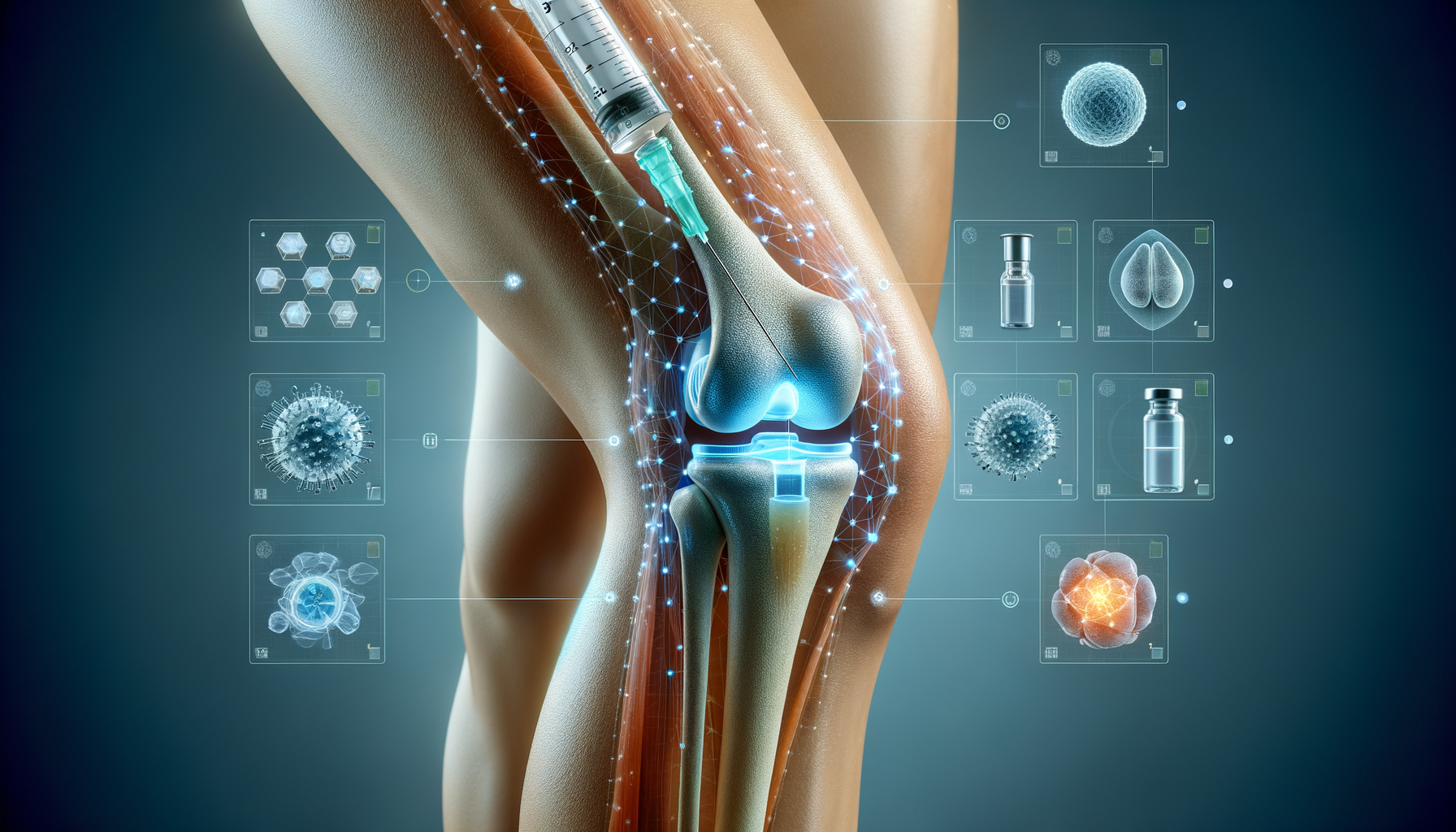Understanding Stroke: A Silent Killer
Strokes are often referred to as a “silent killer” because they can strike without warning and have devastating effects on the brain and body. A stroke occurs when the blood supply to part of the brain is interrupted or reduced, depriving brain tissue of oxygen and nutrients. Within minutes, brain cells begin to die. Understanding the different types of strokes, such as ischemic and hemorrhagic, is crucial for recognizing their symptoms and seeking timely medical intervention. Ischemic strokes, the most common type, are caused by a blockage in an artery, while hemorrhagic strokes result from a burst blood vessel. Each type requires different treatment approaches, highlighting the importance of rapid diagnosis.
Recognizing the Signs and Symptoms
Timely recognition of stroke symptoms can be life-saving. The acronym FAST is a helpful tool for remembering the signs: Face drooping, Arm weakness, Speech difficulty, and Time to call emergency services. However, strokes can manifest in other ways, including sudden numbness or weakness in the leg, confusion, trouble seeing, dizziness, or a severe headache with no known cause. By understanding these symptoms, individuals can act quickly, potentially minimizing the damage and improving recovery outcomes. It is essential to educate ourselves and others about these signs, as early intervention is key to reducing the long-term effects of a stroke.
Causes and Risk Factors
Several factors can increase the risk of stroke, including high blood pressure, smoking, diabetes, high cholesterol, obesity, and a sedentary lifestyle. Some risk factors are beyond one’s control, such as age, family history, and race. For instance, the risk of stroke doubles each decade after age 55, and individuals with a family history of stroke are more likely to experience one themselves. Additionally, certain medical conditions, such as atrial fibrillation and heart disease, can elevate the risk. By addressing modifiable risk factors through lifestyle changes and medical management, individuals can significantly reduce their chances of experiencing a stroke.
Prevention and Lifestyle Adjustments
Prevention is a powerful tool in reducing the risk of stroke. Adopting a healthy lifestyle can make a significant difference. This includes maintaining a balanced diet rich in fruits, vegetables, and whole grains, engaging in regular physical activity, avoiding smoking, and limiting alcohol consumption. Regular health screenings to monitor blood pressure, cholesterol levels, and blood sugar can also help in early detection and management of risk factors. By making these adjustments, individuals not only lower their stroke risk but also improve their overall well-being, paving the way for a healthier future.
Recovery and Rehabilitation
Recovering from a stroke is a journey that requires patience and determination. Rehabilitation plays a crucial role in helping survivors regain independence and improve their quality of life. This may involve physical therapy to enhance movement and strength, occupational therapy to assist with daily activities, and speech therapy to address communication challenges. Emotional support from family, friends, and support groups is also vital in navigating the recovery process. While the road to recovery can be challenging, many stroke survivors make significant progress with the right support and resources.




Leave a Reply